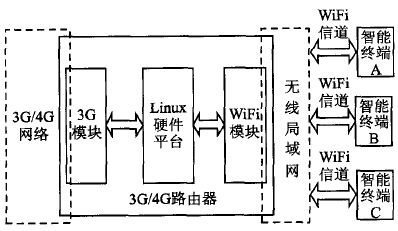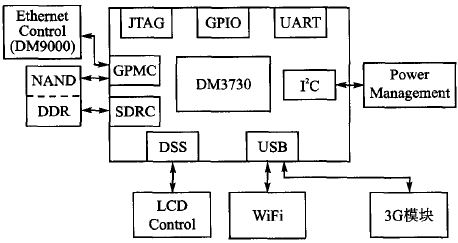3G's access technology has evolved from WCDMA/TD-SCDMA/CD-MA2000 to HSDPA, HSUPA and HSPA+, and has begun to transition from 3G networks to 4G networks. At present, the access bandwidth of HSDPA can reach 7.2 Mbps, the access bandwidth of HSPA+ can reach 21 Mbps, and the network bandwidth of LTE to be deployed even reaches 100 Mbps. At the same time, due to the rapid growth of the number of smart terminals that access the mobile Internet, people's demand for mobile Internet applications is also growing. When people face tens of megabytes of bandwidth or even hundreds of megabits of bandwidth, there must be a problem of excess bandwidth, that is, people do not need such a large bandwidth at any time, so that excess user bandwidth can be allocated to more users. .
Currently, WiFi technology supports IEEE's 802.11b, 802.11g, and 802.1ln standards, supporting wireless transmission rates of 10 Mbps, 54 Mbps, and 300 Mbps, respectively. In terms of transmission distance, WiFi can achieve full coverage in the range of several meters to 100m.
Based on the growing access bandwidth of 3G/4G and the advantages of WiFi technology, this paper proposes a wireless router design that shares 3G/4G network bandwidth. The scheme first uses an embedded Linux system to build a wireless local area network based on WiFi technology. Users such as smart terminals can use the built-in WiFi function to access the wireless local area network, and then bridge the wireless local area network to the 3G/4G network. Realize the sharing of 3G/4G network bandwidth by each intelligent terminal device.
1. 3G/4G router design
The design of this router is based on three modules, namely 3G module, WiFi module and Linux hardware platform, as shown in Figure 1. The function of the 3G module is to use the carrier's wireless data card for PPP dialing, so that the router can connect to the Internet through the carrier network. The function of the WiFi module is to enable the wireless network card to work in the AP (Access Point) mode and configure the script file of the dynamic host configuration protocol to establish a 2.4 GHz WiFi wireless LAN. The functions of the Linux hardware platform module mainly include two aspects. On one hand, it supports the wireless network card and the wireless data card driver. On the other hand, the wireless LAN and the 3G/4G network are connected through the iptables packet filtering system in the embedded Linux system. . The smart terminal and the like are connected to the wireless local area network provided by the router through the WiFi channel, and after being assigned to an IP address, the data packet is received and transmitted through the gateway of the wireless local area network, and the gateway passes the 3G/4G module. The network dial-up interface on the network receives and sends data packets to the 3G/4G network, thus implementing the design of the router.

Figure 1 3G/4G router design plan
2. 3G/4G router hardware structure
According to the 3G/4G router design, the three modules of the hardware structure use the Devkit8500D evaluation board produced by Shenzhen Tianyi Company, the E392 type wireless network card of Huawei Company and the TL-WN821N type wireless network card of TP-Link Company.
The basic structure of the Devkit 8500D evaluation board is shown in Figure 2. The hardware platform uses TI's DM3730 microprocessor.

Figure 2 terminal hardware structure
The E392 wireless network card uses Qualcomm's MDM9x00 multimode chipset and supports the 3G network standard of TD-SCDMA/WCDMA and the 4G network standard of LTE-TDD/FDD. At present, with the upgraded HSPA+ technology deployed in the 3G network, the downlink peak rate can reach 21 Mbps, and the uplink peak rate can reach 5.76 Mbps. In some areas, the HsPA+ is upgraded again with 64QAM modulation technology and MIMO technology, and the downlink peak rate can reach 42. About Mbps; and the 4G network to be deployed, the downlink peak rate can reach i00 Mbps, and the uplink peak rate can reach 50 Mbps.
The TL-WN821N wireless network card is based on Realtek's RTL8192cu chip. It adopts MIMO technology and air channel detection technology to support 802.11n/b/g, stable performance and can provide wireless transmission rate of up to 300 Mbps, fully satisfying intelligent terminals. The bandwidth requirements of the device.
Hot Randm Tornado 9000,Tornado 9000 Puffs For Sale,Original Randm Tornado 9000 Puffs
Longhua Manxueling Trading Company , https://www.mxlvape.com
